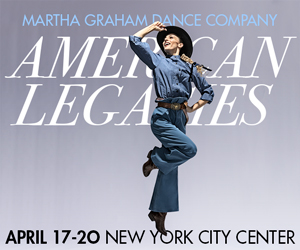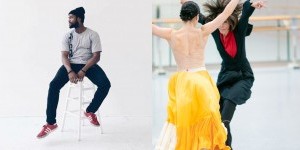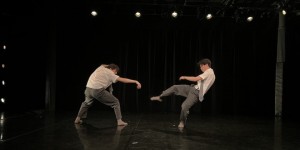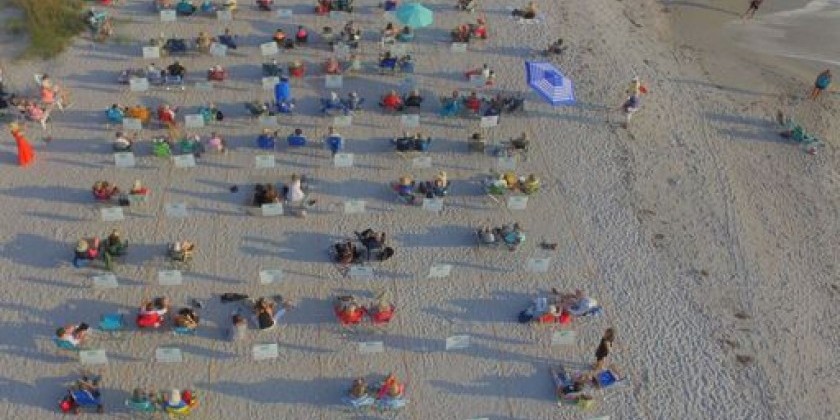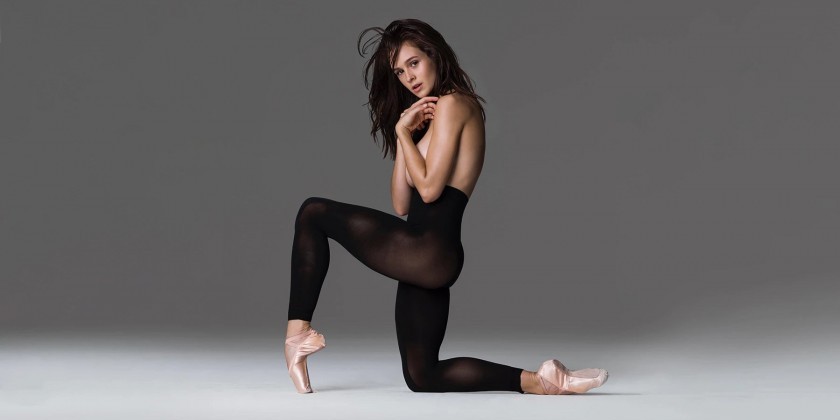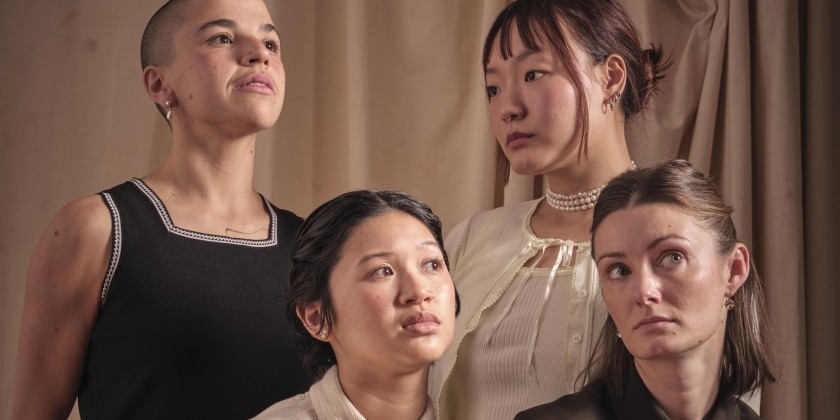Pathways to Deeper Dance
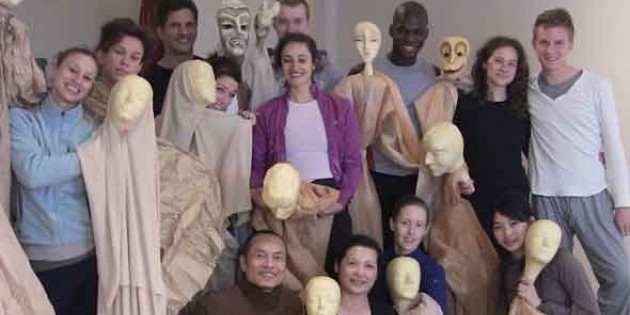
Dance writer, Merilyn Jackson Chronicles Philadelphia Choreographer, Kun -Yang Lin's Innovative Training Program
Pathways to Deeper Dance, Merilyn Jackson, 2010
Dance writer, Merilyn Jackson chronicles Philadephia Choreographer Kun-Yang Lin's Innovative Training Program.
Merilyn Jackson regularly writes on dance for The Philadelphia Inquirer, Broad Street Review, and other publications such as Pointe, and Dance Magazine.
She is the chronicler of Kun Yang Lin's project. This article is a third in a series of four.
Dance is a career that parallels those of athletes in terms of length – short, and actors in terms of character development – elusive.
Dance training – especially on a professional level - is rigorous, endless, expensive, often leads to painful injury, and the repetition can just be a boring pain. But it can also lead to the joy of attaining perserverance and the mastery over a difficult combination and, in the end, the gratitude of an appreciative audience after a soaring performance underpinned by good technique.
Dance training – especially on a professional level - is rigorous, endless, expensive, often leads to painful injury, and the repetition can just be a boring pain. But it can also lead to the joy of attaining perserverance and the mastery over a difficult combination and, in the end, the gratitude of an appreciative audience after a soaring performance underpinned by good technique.
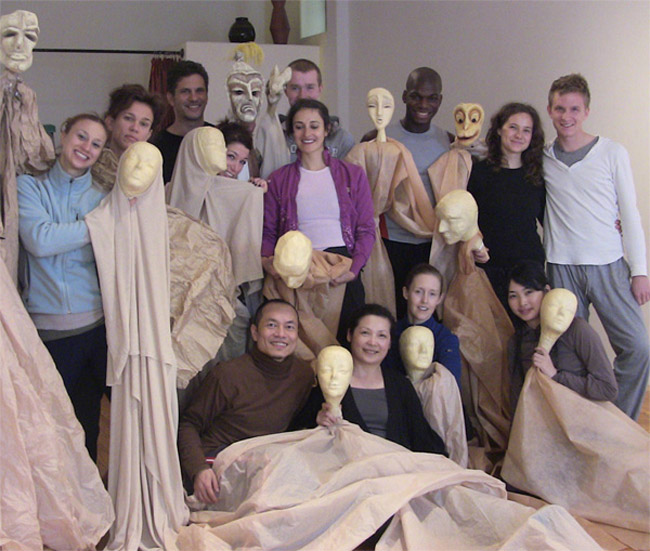
Last year, choreographer Kun-Yang Lin devised an innovative training program with master teachers that he hoped would reinvigorate his company by engaging their skills, mind and sense of self. It began with the first visit by master teacher from Taiwan’s Cloud Gate Dance Theater Hsu-Hui Huang and expanded this year with the return of Huang, followed by Chik Qadir Mason in Martial Arts, Hua Hua Zhang a master puppet artist now living in Boothwyn, PA and concluded with Tibetan ritual dance master Losang Samten (who will be the subject of the next installment in this series.) Lin’s intention is to provide his company dancers’ (and any others who wish to participate) with new pathways that can lead them to reach ever deeper into their psyches to bring out emotionally expressive nuances that trump mere technique. As anyone who has watched Lin himself dance knows, the externalization of these inner impulses create a more organic experience for the audience
Zhang is an internationally acclaimed puppet master who has worked with composer Tan Dun (Crouching Tiger, Hidden Dragon) on his multimedia opera The Gate, recently recorded by Belgium’s Flemish Radio Orchestra. She graduated from the Beijing Performing Arts Academy and toured with the China Puppet Arts Troupe from 1974 to 1995 when she came to the U.S. Shortly after, she enrolled in the University of Connecticut School of Fine Arts earning an MFA in Puppet Arts from UConn.
Lin chose Zhang to help his dancers with awareness building in regard to moving with props, fabric, as well as masks and puppets. “You have to have a relationship with the object,” he says at one of Zhang’s workshops. “You don’t just perform with it, you have to become it.”
In one class, Zhang is holding a puppet head aloft, its soft fabric “gown” draping across her body, making for a two-headed being moving as one. “The line is my professional language,” she says of the line her movements with the puppet make.
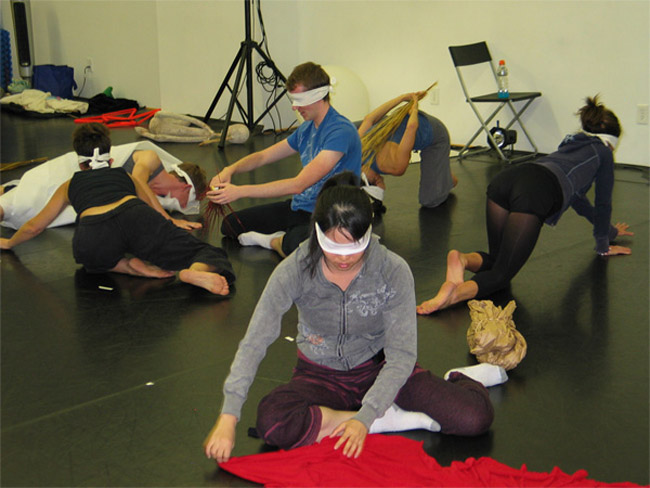
She tells the workshop attendees that with a puppet they must be both dancer (to get that line) and actor. “As an actor you have very deep thinking, because you are being both characters - dancer and puppet,” she says. “Expression helps you tell your story.” She has each of the 20 students pick out a puppet, with the instruction, “Don’t make a simple story. Make a deep one. Use the object to discover yourself.”
What followed was a myriad of seemingly organic choices some of the participants made which yielded some startling results. Kun-Yang Lin/Dancers’ regular Elrey Belmonti swiftly picked a grotesquely funny mask with a checkered and crushed hat and in moments turned it into the harmless neighborhood drunk listing three sheets to the wind while trying to keep his hand from shaking.
Puppet theater designer and performance artist, Sebastienne Mundheim, came to learn from Zhang and found herself in her own milieu. She instantly turned her puppet into a character whose anxiety grows to the trembling point only to be tenderly calmed by her other hand and laid down to sleep. It was astonishingly touching moment. Similarly, Jillian Harris cradled her puppet in her arms, laid its head on her shoulder and gently pulled the cloth over its eyes before giving it an affectionate Eskimo kiss.
Olive Prince is a regular KYL/D member who had no experience with puppets. “But for me it was very similar to working with any prop or object - it is always about connecting with the object and allowing authenticity to happen by having the prop/object be an extension of the body,” she said. “I had to approach the work as a performer. There was no room for rehearsal.”
But working with masks, balloons, puppets, and other unusual objects that Hua Hua provided, “gave me the opportunity to lose my own movement habits as I searched for ways to make the objects come alive.”
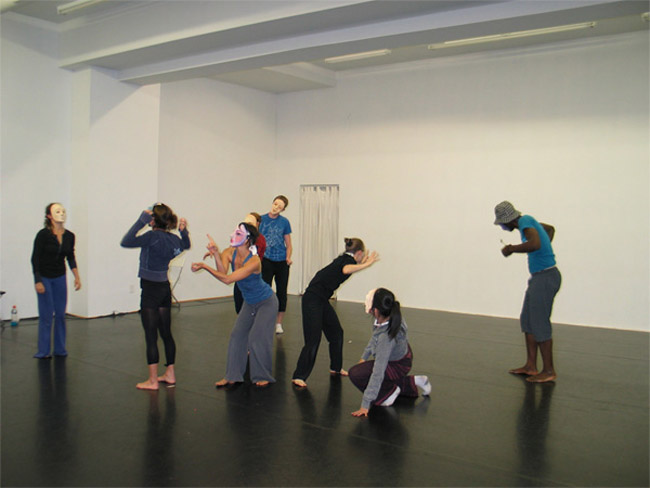
Prince says she wants to be pushed deeper as a performer and dancer and that some of the facilitators in the program have done it more successfully than others. “I think it has to do with their experience working with dancers and understanding skills that we already have versus skills we need to further evolve in Kun-Yang's work.”
KYL/D member Scott McPheeters had his dog-faced puppet playfully bite his foot which made me think he was unconsciously word-playing with his last name. And his colleague, Jennifer Rose, said, “One point Hua Hua revealed to us was how we can use another object to take on human traits, how to take something lifeless and give it life. It made me question what kind of character am I when I dance, not a character in a narrative or literal way but a very specific being. What kind of traits, feelings, sensations do I have and what is my relationship to others around me. The answer may only be in my imagination, but I believe thatthe imagination can change the way we see things on stage.”
The newest KYL/D member, apprentice from Taiwan Wen-Chun Liu, was wary with her puppet, stealthily exploring it just as she seems to be exploring her newness to the company and the country.
Zhang seemed both fascinated and excited by the vast differences in play she saw from each dancer. She clocked in on each of their performance explorations with apt remarks before closing the workshop with further instruction.
“Collaborate with the puppet,” she said. “We don’t need to give answers. The image, the line, the texture are the answers.”
The Company hosts an Open Dialogue, Sunday, Dec. 5th, at 2:30 pm at the KYL/D studio at 1316 S. 9th St. The free event, which will feature a conversation with the Company’s artists about the training and creative process and a sharing of excerpts from its newest work-in-progress, Mandala, is open to the public.
For more on Hua Hua Zhang: http://www.visualexpressions.org/biography.htm





